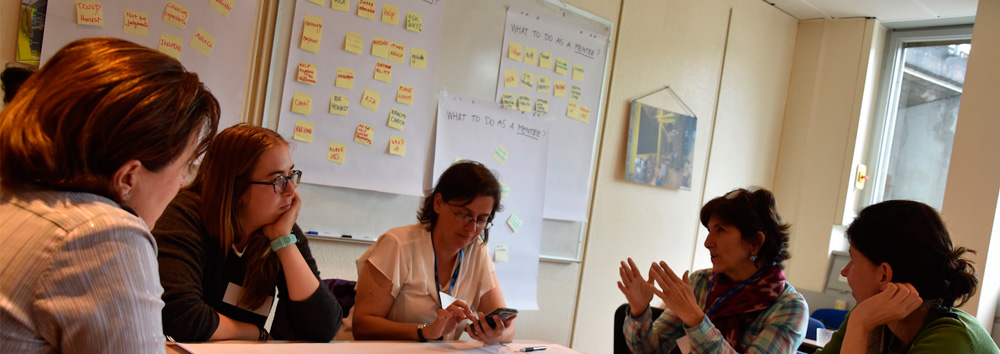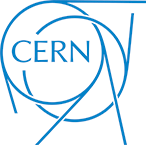Last year, CERN’s Women In Technology* (WIT) Steering Committee launched a pilot mentoring programme to offer talented young people at CERN, in particular women, guidance on career evolution and to help them have a more enriching working experience, reducing feelings of isolation and balancing work and personal commitments.
As we celebrate the International Day of Women and Girls in Science, it is important to remember that work still needs to be done to achieve gender equality and to foster full and equal access to and participation in science for women and girls.
Over six months, 11 mentors shared their knowledge of CERN and their experience with 11 of their young colleagues. “We received many expressions of interest from the WIT community to put in place a structured mentoring scheme,” explains Maria Alandes (IT department), the main organiser of the pilot programme. “So we decided to organise a pilot programme. Eleven of our experienced colleagues volunteered to be mentors and we received 15 applications from potential mentees.”
About CERN
Founded in 1954, CERN is the European laboratory for particle physics. Sitting astride the Franco-Swiss border near Geneva, it was one of Europe’s first joint ventures and now has 22 member states. CERN operates a unique range of particle accelerators that enable research into the fundamental particles and laws of the Universe, including the Large Hadron Collider (LHC), the largest scientific instrument on Earth. The 60-year history of CERN is marked with impressive achievements in the construction and operation of powerful linear and circular accelerators. Moreover, CERN offers unique infrastructures for the development of the most sensitive particle detectors in the world, including the four main LHC detectors – ATLAS, CMS, ALICE and LHCb. General-purpose test beam lines provide beams of electrons, muons and hadrons in a very wide energy range for testing the detectors used in the LHC and in its major upgrade, the High-Luminosity LHC, as well as in future colliders and in neutrino experiments.



